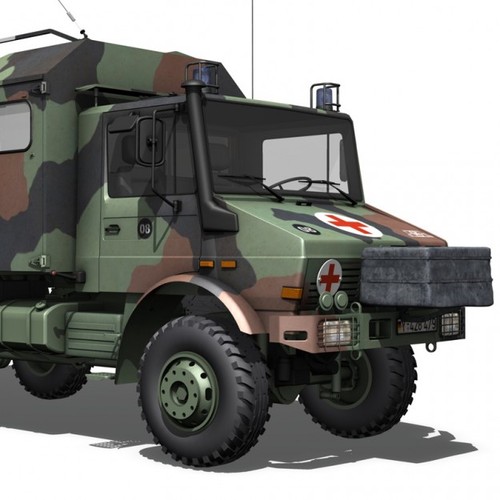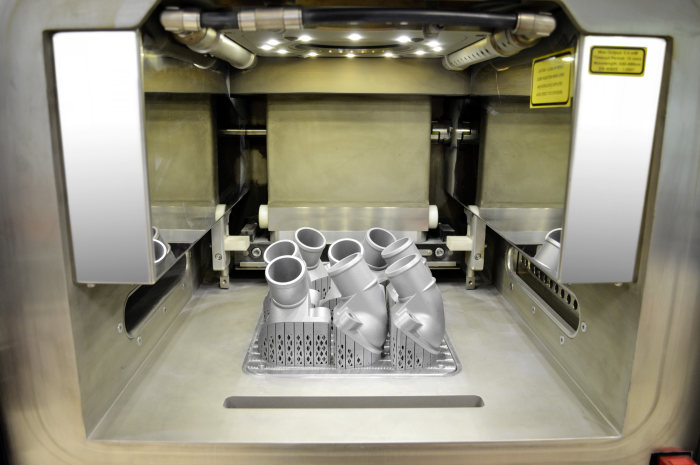
This a premiere from the new 3D printer at Mercedes Benz, after an accurate quality assurance process, the company unveils the first printed spare part made of metal, a thermostat cover for truck and Unimog models from older model series.

With this innovation, the company now stands as one of the leaders in the segment of cutting-edge 3D printing processes for metal components.
“With the introduction of 3D metal printing technology, Mercedes-Benz Trucks is reasserting its pioneering role among global commercial vehicle manufacturers,” says Andreas Deuschle, Head of Marketing & Operations in Customer Services & Parts at Mercedes-Benz Trucks. “We ensure the same functionality, reliability, durability and cost-effectiveness with 3D metal parts as we do with conventionally produced parts.“
New possibilities for metal parts
Metal parts are recognized for their strength and thermal resistance on the one hand; on the other hand, the process used by the 3D printer is appropriate for the production of components in small numbers.
Furthermore, 3D replacement parts production does not require any cost-intensive development work or procurement of special tools.

When dealing with complex structures, 3D-printed metal parts in small numbers can be produced cost-effectively as infrequently requested replacement parts, special parts and for small and classic model series.

“The availability of spare parts during a workshop visit is essential for our customers – no matter how old the truck is, or where it is located. The particular added value of 3D printing technology is that it considerably increases speed and flexibility, especially when producing spare and special parts. This gives us completely new possibilities for offering our customers spare parts rapidly and at attractive prices, even long after series production has ceased,” Deuschle concludes.
For further information about 3D Printing, follow us on our social networks and subscribe to our newsletter!
//pagead2.googlesyndication.com/pagead/js/adsbygoogle.js
(adsbygoogle = window.adsbygoogle || []).push({});





